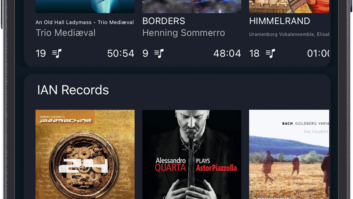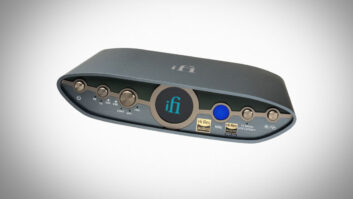
We’ve come a long way since the earliest days of home audio, and a number of major leaps have been made: the transition from mono to stereo in the 1960s; moving from vacuum tubes to solid-state transistors in the 70s and 80s; moving from cassettes to CDs (the first widespread all-digital music format); the shift from two-channel audio to multi-channel “surround sound” systems in home theater that took off in the 1990s. All of those early innovations brought improvements in sound quality and/or experience for the listener. The early home audio system was called a ‘Hi-Fi” for a reason: it reproduced music in the home with a relatively high degree of fidelity to the original recording and the artists’ intent.
The wave of digital music that rushed in with the launch of Apple’s iPod in the late 1990s was the first major innovation that represented a significant step backward in terms of fidelity and sound quality. In exchange for the incredible convenience (and portability of large music libraries), users accepted the mp3 compression format. The mp3 codec made digital audio files small enough to fit on portable players by the thousands, but at the expense of audio quality. This is because mp3 is considered a “lossy” format, meaning that significant portions of the original audio signal are lost in the compression process, reducing its fidelity to the original. It wasn’t exactly “Lo-Fi” but it definitely was a step away from true Hi-Fi.

Curiously, people didn’t seem to care at first. The iPod, with its hipster vibe and coolness factor, was a huge success. It spawned several imitators and helped change the music industry — at least for 20 years: the iPod was quietly discontinued earlier this year after selling in excess of 450 million units worldwide.
See also: An Immersive Wireless Audio Experience Is The Next Great Leap In Home Entertainment
Innovation marches ever onward. For most people, streaming music on their phone or computer has now taken the place of mp3 files stored on their portable player or hard drive. Cloud technology, lower cost and more ubiquitous internet access and better compression technologies have made it possible for everyone to stream all of their music on-demand, wherever they happen to be. The first wave of streaming music services has been dominated by players like Apple (with its Apple Music offering), Amazon (with Amazon Music) and Spotify.
Initially, these players were all streaming lower-quality lossy formats, presumably to save bandwidth and associated costs. In response to consumer demand for high-quality audio, most existing streaming providers have launched hi-resolution offerings recently, and several new companies have joined the market as well.
Spotify, the largest of these, is a notable exception: they have yet to launch a high-resolution offering (though one has been announced, albeit without a specific timeline as of this writing.)
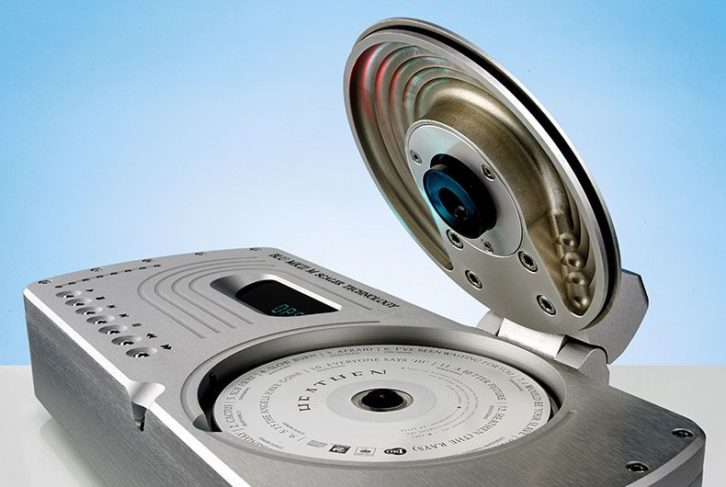
All of this begs the question: what is hi-res audio and why does it matter?
In a nutshell, “hi-res audio” is an industry term used to describe digital audio that is better than CD quality. The Audio CD format is uncompressed, and represents a digital sampling of the analog signal, meaning the analog signal is converted at regular intervals to a digital representation.
The term “CD quality” is represented as stereo 16 bit/44.1kHz, or in some cases 16-bit/48kHz, meaning that each of the two channels is assigned 16-bit values sampled at least 44100 times per second (hertz). This 16-bit/44.1kHz forms a useful benchmark for resolution, where anything better than 16-bit/44.1kHz is considered high-resolution audio.
The bit depth (16, in the case of CD audio) refers to the accuracy of the audio sample in an instance of time. The more bits you have, the greater the resolution and the higher the fidelity. Very much like with high-definition video — where more pixels equate to a sharper picture — higher bit depths and higher sampling rates equate to a more accurate representation of the original source material.
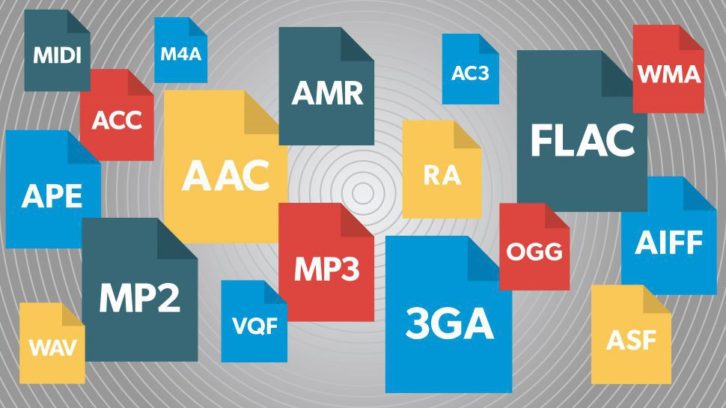 Lossy Compression formats:
Lossy Compression formats:
- mp3/m4A format – max bitrate? – highly compressed, very lossy 320 Kbps
- AAC – Comparable to mp3, but better sounding. Standard download format for Apple devices
- MQA – A lossy hi-res compression format supporting expansion up to 24 bit/192kHz
Lossless Compression Formats:
- FLAC – Open-source lossless format (used by several streaming providers)
- ALAC – Apple Lossless Audio Codec – theoretically supports very high resolution up to 8 channels at 32-bit depth with max sample rate of 384 kHz, but consumers won’t find content at those rates. (ALAC is used by streaming providers as well)
Uncompressed Formats:
- PCM CD Quality Audio: 16-bit/44.1 kHz
- DSD
While some formats claim support for higher resolutions, the highest quality resolution that’s generally available for consumer audio is 24-bit/192 kHz. High-resolution formats like this are offered in streaming packages from several providers, including Amazon Music, Apple Music, Qobuz, and Tidal.
See also: What’s Next For The Retail Environment In Home Audio?
One important thing to note, as you may have observed in the chart above, not everything that’s considered hi-res is lossless; the hi-res category can include lossy formats as well. For instance, Tidal uses MQA, which is a lossy hi-res format, while many other providers stream in FLAC or ALAC, which are lossless formats.
All of this is great. Consumers have more choices now, and much better sound quality than the lossy digital formats that came before. But as with most things, there’s a catch: the music you actually hear is only as good as the components it has to flow through between the source and your ears.
For example, if you are playing a high-resolution audio stream through a Bluetooth speaker, you won’t be hearing that song at its highest resolution. Bluetooth, for all of its benefits, doesn’t currently have the bandwidth to transmit lossless high-resolution audio. It’s always going to be lossy. This means your Bluetooth headphones can’t reproduce the full fidelity that lossless high-resolution audio offers.

As with many things, the chain is only as strong as its weakest link. So how can we get high-res audio all the way to our ears without running wires everywhere?
Most consumers these days are looking for ways to eliminate wires in their homes. Wireless gives people more flexibility in terms of where to place speakers and other audio components, it makes multi-room audio setup much more straightforward, and quite simply it looks nicer to not have so many wires running everywhere along the floorboards of our homes.
As most people are buying their home audio equipment online these days, they read reviews and order online primarily. The days of going into an audio store with a listening room and comparing various systems seem to be fading into the past. So, what’s a customer to do? Can we just buy equipment that has the “Hi-Res Audio” logo on it?
See also: To Increase Profitability, Brands Must Own The Post-Purchase Experience
Unfortunately, it’s not always that simple. In order to qualify as high-resolution capable, manufacturers have to specify a minimum of 16/48 resolution, which is only slightly higher resolution than CD quality. There’s a wide range of potential performance between 16/48 and the maximum of 24/192 available commercially today.
For comparison, high-resolution 24-bit/192kHz source material has a bitrate roughly 6 times greater than CD quality 16-bit/44.1kHz content. – it’s a big difference in audio resolution.
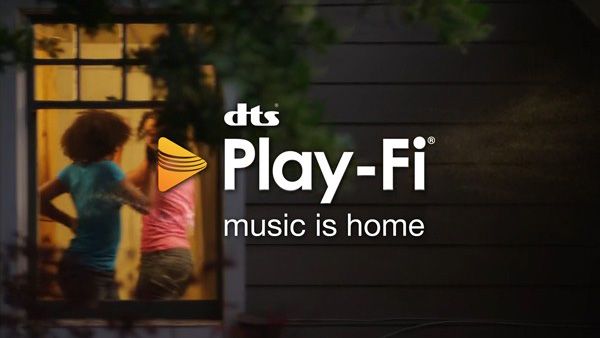
As wi-fi technology has improved, it’s become capable of reliably carrying lossless hi-res audio. Standards like DTS Play-Fi and Apple’s AirPlay use wi-fi technology capable of delivering lossless audio with tight synchronization, making it ideal for multiple speaker and multi-room applications. While AirPlay is Apple’s proprietary standard, Play-Fi is more open, meaning you’ll find it on more platforms than just iOS and MacOS.
AirPlay tops out at CD quality resolution, so even if you are listening to a high-resolution song from Apple Music that streams at 24/192, the best you’ll hear it at over AirPlay is 16/44.1, while Play-Fi supports wireless streaming of lossless formats up to 24/192.
If you’ve chosen to use the Sonos platform for your audio, its highest resolution of 24/48 is slightly better than AirPlay, but still only a fraction of the resolution possible at the full high-res of 24/192. Google Cast is better still than Sonos, but still tops out at 24/96.
The definition of what constitutes “Hi-Res” is fairly broad. It’s broad enough that a consumer needs to look very closely to determine if the resolution they are getting from their system is truly at the highest resolution available, or if it’s barely better than CD quality. Unfortunately, a lot of consumers are paying monthly premiums to access high-resolution music files that their home audio systems are incapable of reproducing at the highest resolution.
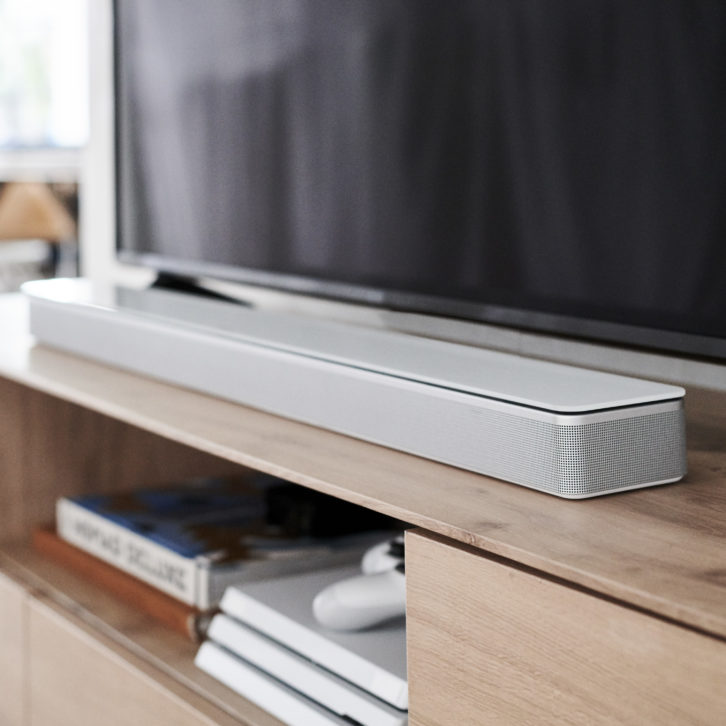 Some systems are capable of reproducing 24/192 audio using Wi-Fi, while others can only handle that over an optical or HDMI wired connection. If you are someone who really wants the high-resolution audio experience, then you have to think about the entire system: from your streaming provider to your A/V receiver and all the way to your soundbar or speakers. Every link in that chain has to be capable of preserving a high-resolution signal.
Some systems are capable of reproducing 24/192 audio using Wi-Fi, while others can only handle that over an optical or HDMI wired connection. If you are someone who really wants the high-resolution audio experience, then you have to think about the entire system: from your streaming provider to your A/V receiver and all the way to your soundbar or speakers. Every link in that chain has to be capable of preserving a high-resolution signal.
For some people, listening to mp3 files over a cheap Bluetooth speaker will always be good enough. But as more consumers have turned back toward a greater appreciation for high-quality sound and a richer listening experience, the technology has caught up and brought forward options for anyone, from the casual listener to the biggest audiophile, at the resolution they want to hear.
About the Author
Dannie Lau has been developing innovative digital media and connectivity solutions since a graduate student at UCLA. With a gift for creating businesses at the intersection of cutting-edge technology and emerging consumer behavior, his career has directly impacted the evolution of the consumer electronics industry.
Today, he serves as General Manager of DTS Play-Fi at Xperi Corporation. DTS Play-Fi is a wireless audio platform capable of streaming lossless, low-latency sound over Wi-Fi. Hundreds of products from dozens of leading CE brands utilize DTS Play-Fi as an interoperable wireless connectivity standard. Play-Fi came to DTS through an acquisition of Phorus, a technology startup founded by Lau.
Prior to Phorus, Lau worked as an executive at Harman International, the company behind top audio brands such as Harman/Kardon, JBL and Mark Levinson. There, Lau led the development of the company’s Home Electronics, Mobile Electronics, Navigation and Multimedia product lines, including development of the first Airplay speakers. Harman acquired Lau’s first startup, PhatNoise, a digital media pioneer in the automotive space. PhatNoise and its technologies were the foundation of industry-leading multimedia systems from General Motors, Volkswagen, Audi, Mazda, Volvo, Visteon, Harman, and Kenwood.
Over the years, Lau has created award-winning products that have received numerous accolades, including CES Innovation Awards, EISA Awards, Best of Shows, and Popular Science’s Best of What’s New. His work in the consumer electronics industry has yielded 14 patents with more pending. Lau holds a Bachelor’s and Master’s in Electrical Engineering from UCLA, in addition to MBAs from UCLA and the National University of Singapore.
See also: The Inevitable Social Commerce Boom: How To Benefit From It




